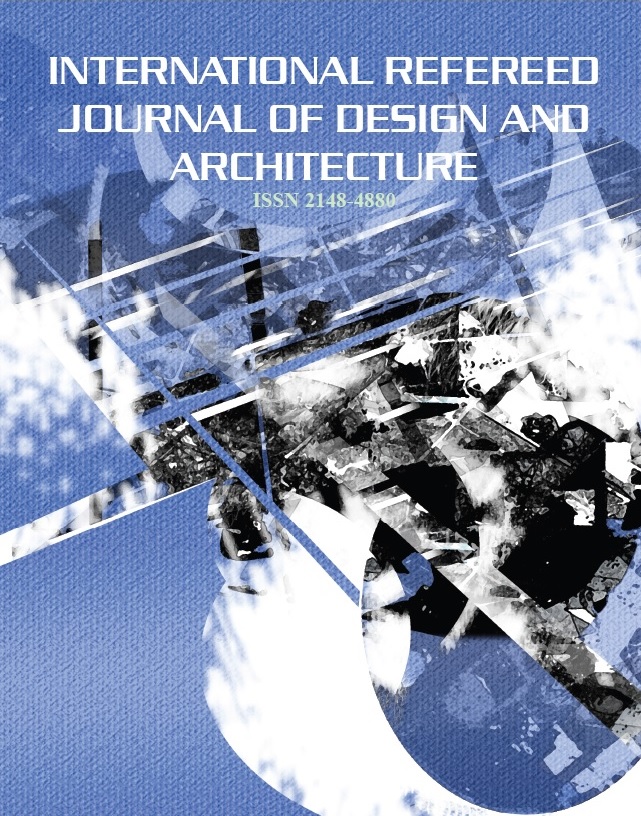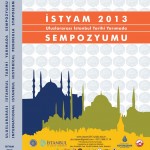MUSEUM, IMPORTANCE OF PREVENTIVE CONSERVATION FOR THE PURPOSE OF MONITORING THE LIBRARY AND ARCHIVES BUILDING WORK.
Kuzucuoglu, Hamdi Alpaslan Museum, Preventive Conservation Importance of the Library and Archives Building Monitoring Study. International Refereed Journal of Design and Architecture, 2014, flight. 01, n. 02, pp. 120-138.
Abstract
Cultural heritage worldwide is under the threat of environmental conditions, natural disasters and human-driven risks. While the profile of this threat varies by the incidence frequency, severity, duration and active zone of the natural disaster, the treat is much more extended as far as environmental risks are concerned. Therefore, separate strategies for each risk (short, medium and long-term risks) should be defined. Precious artworks in museum collections and library, archive assets are susceptible to environmental risk factors such as air pollutants, relative humidity, temperature, fluctuations of relative humidity and temperature, light and ultraviolet. For this reason, periodical measurements and risk assessment efforts should continuously be maintained to avoid deterioration of collections in indoor areas. Within the scope of initiatives aimed at preserving cultural heritage artifacts, museum collections and library, archive assets that serve as unique sources of information, conditions prevailing in major areas hosting such objects (exhibition, reading, storage areas) should be aligned to ideal values prescribed by national and international standards. In this study, the impacts of inappropriate indoor climate conditions exposure to objects have been emphasized. The measurement-based quantitative research method has been employed in the study. To take restrictive measures against such impacts in the indoor area, a comprehensive “management of indoor risk monitoring” should be run by the museum, library and archive facilities hosting cultural heritage assets. Identifying improper climatic conditions existing in indoor areas combined with the implementation of methods where proactive conservation measures are taken such as monitoring, cleaning, material selection constitute the basis of the high-priority issue of safely conveying precious artifacts to future generations.
Summary
Cultural heritage all over the world; environmental conditions, are threatened by natural disasters and human-induced risks. This threat of natural disasters occurring in the frequency of disasters, size, time, varies depending on the impact of environmental risks are spread over a much longer term. Therefore separate strategies for each risk (short, medium and long-term risks) to be determined. Rare books available in the library and archives collections of the Museum building, library and archive materials air pollutants, relative humidity, temperature, light, ultraviolet (morötesi) is sensitive to environmental risk factors such as. Therefore, you must continue the periodic measurement and risk assessment studies for the deterioration of the artifacts found in the indoor environment. Library that provides unique information accumulation of cultural heritage artifacts, in key areas where such objects within the scope of work for the protection of archive material (display, read out, storage area) conditions should be brought to the ideal values in national and international standards. The object of this study is emphasized in unsuitable conditions inside the possible effects of exposure. Studies based on quantitative measurement (quantitative) research method was used. Cultural heritage objects within the limiting effects of these measures to be taken in the indoor museum and hosts a comprehensive archival institutions in the "air pollutants management" What is needed. Understanding the conditions in the domestic environment (diagnosis) monitoring, cleaning, material selection, taken proactive measures, such as filtration (protection) from each other by applying the method to reach safely to future generations valuable works is an issue that must be addressed first.
Keywords: Cultural heritage, risk management, risk monitoring, preventive conservation, information and document management; cultural heritage, risk management, risk monitoring, preventive protection, information and document management


